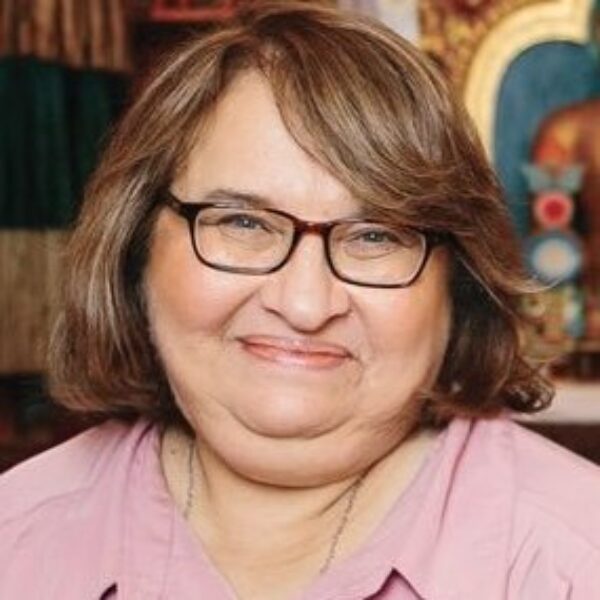With Doubt, A Sense of Exclusion
During a retreat I was teaching in Los Angeles on faith and Buddhism, I opened the discussion with some Buddhist definitions of faith — offering your heart to someone or something — and dedicated some time for questions from the participants. The group was silent, until one man, obviously caught up in his own rather unpleasant definition of faith, blurted out, “I came to Buddhism to get away from all this crap.”
The group began to open up about their apprehensions about the word “faith.” It turned out that many participants had felt alienated from their previous religious identity because of what they saw as a lack of trust in questioning. Many participants spoke about how any degree of questioning or uncertainty about their beliefs was interpreted in their religions as doubt.
With doubt came a sense of exclusion, of not belonging. The pain of that experience convinced them they didn’t want to belong in a place where their genuine questioning was not allowed. They simply had to believe. They came to Buddhism to find an alternative — more inclusive and less dogmatic — way of conceiving of their spiritual identity.
I identify as Jewish by birth and Buddhist by practice. Ultimately, I try to maintain a more fluid, less rigid sense of identity that is based less on language, and more on constantly testing and retesting my beliefs through experience. After all, the Buddha said:
“Put it into practice. If you find that it leads to a kind of wisdom that is like looking at a wall, and then the wall breaks open and you see in a much more unbounded way, then you can trust it.”
Identifying with a certain religious belief system involves an implicit sense of the us-versus-them dynamic, even if it’s not imbued with antagonism. A statement like, “I am …” suggests, for some, “I am not …”
Of course, having questions about one’s belief system, regardless of the religion, is not a testament to lack of faith, but rather a reflection of one’s direct engagement in their experience. If faith was just about mindlessly digesting what one was told and not questioning it, then that identity would be relatively hollow.
The way we can learn to embrace faith and trust in our experience emerges from experimentation, curiosity, imagination, and doubt. This way of being is at odds with an us-versus-them mentality, as it is flexible and mutable, at once critical and tender.
My friend Bob Thurman, a professor of Buddhist studies at Columbia University, says:
“If a teacher or spiritual leader tells you they have the only way, that you must follow them and only them, turn around and run.”
He often adds, archly, “Grab your wallet and run.” I agree.
To relate with a guide or teacher, to be willing to work with their guidance, to sincerely consider their observations of you and where you might have a blind spot, to love them and respect their own embodiment of the values you hold dear, you have to be able to trust their motivation. You must sense that their work with you is motivated by your growth and progress, not the enhancement of their own egos — or wallets.
This doesn’t mean that the relationship is always smooth and sweet. Far from it. But you are always allowed to ask questions and reveal yourself for who you are, with all your doubts, timidity, sorrow, or resistance.
In 1984, the Insight Meditation Society brought over a Burmese meditation teacher, Sayadaw U. Pandita to lead a three-month retreat in Massachusetts. I participated in that retreat under his guidance. We brought him here, never having met him before, because friends told us he was a great teacher. And he was. He was also intense, often fierce, demanding absolutely the best you had to offer in terms of your effort, no holding back or half-hearted attempts at practicing mindfulness or compassion.
We would see him six days a week for short, individual meetings in order to describe our meditation practice and get some feedback. After a while, my mantra before each meeting was, “The teacher is there to serve me.”
I’d repeat it to myself over and over. The huge temptation was to reverse that and imagine I was there to please him, or suit whatever notion I had of what might please him. If I could remember he was there to serve me, which was actually the case, I could feel free to question, express uncertainty, and take his exhortations as real encouragement.
Every time he wanted me to stretch — to pay more attention, to not hold back — I came to see it as his believing in me, in that I could stretch, and discover new terrain. That’s real leadership. And that’s real faith.

Share your reflection